Opening Reception
Friday, March 8, 2019
6:00 p.m.
Everybody’s Coffee
935 W. Wilson Ave.
Uptown, Chicago
At the still point of the turning world. Neither flesh nor fleshless;
Neither from nor towards; at the still point—
there the dance is
T.S. Eliot, “The Four Quartets”
The world feels a bit crazy (as well as the weather); the busyness, the stress, the politics of life. We all need a break from the craziness (and the extreme cold). We all need to relax such as by playing 겜블시티 가입 방법. We all need a moment, a still point where we are neither moving nor standing still, where we can throw off our struggle yet still be engaged. In Still Point, Sarah Cook brings together paintings and drawings on paper and canvas that draw inspiration from the imagery of poetry, symbols found in mythology and literature, and from observing nature and her surroundings.
“I’m a very fast painter, but I usually paint many layers. Whenever I start a painting, I like to eliminate the whiteness of the canvas or paper as quickly as possible with marks or large blocks of color. It feels like getting all the pieces on a chessboard, and then the actual game starts once the white is eliminated. I’ve taken a blank canvas – at a perfect state of balance – and destroyed that with color and line, sacrificing equilibrium for the creation of an image or environment. The many layers that follow will all be working to restore that sense of balance while maintaining some semblance of the image or environment that I set out to create. As I was painting the pieces on display in this show, I imagined each work as if it were a specific moment of time paused, almost a stop-motion frame, in the middle of a dynamic process.”
Sarah studied fine art at Taylor University. She lives and works in Chicago.
You’ve mentioned being inspired by classical stories such as mythology—can you give me some examples of this that will be on display in the show
I started reading mythology at a young age – so young that I’d often get a little confused between where the mythology I was reading stopped and the Christianity I was being taught began. What was once confusion has become a rich network of connections between the stories and symbols of myth and religion. For example, as I was painting Serpent Feast, the snake from the garden of Eden, the Norse Ouroboros, Daedalus, St. George’s dragon, the snake as phallic symbol throughout art history, and the relationships between these stories and ideas were all on my mind.
I’m also interested in the Apocrypha and the legends around Biblical figures and early saints. The piece Agnes, Judith, and Agatha displays three such women. Agnes was a virgin martyr who miraculously grew hair all over her body to protect her from her accusers and attackers. In an epic tale. Judith used her wits and beauty to behead the Babylonian commander Holofernes and save her people. Agatha was another virgin martyr who underwent gruesome torture including having her breasts cut with pincers.
These figures interested me and seemed related not only to each other, but to the current dialogues around gender and abuse. Often, male heroes undergo their trials and testing and emerge glowingly victorious, but these three females struck me as emerging from their journey as otherworldly beings, a bit fantastic and a bit monstrous. I don’t know if the storytellers of the past or present quite know what to do with women like these.
Poetry is something we’ve talked a little bit about, who are some of your favorite poets, and is there a poem in particular that pulls you into art-making?
I’m a very visual thinker, and reading poetry often leaves me with particularly strong mental images. This past year, I began memorizing poetry regularly, and one of the pieces in this show, High Window, was made in direct reference to the lines from “The Arrivals” by Anne Kennedy, which begins “When we arrive at the lounge of everything” and later follows “through a high window, we will connect stars like line drawings, translate the sparkles of the poet”. Some of the other poems I’ve memorized this year are “Litany for the Animals Who Run from Me” by Hieu Minh Nguyen, “A Little Closer to the Edge” by Ocean Vuong, and “These Poems, She Said” by Robert Bringhurst.
Memorizing poetry is similar in some ways to the act of painting for me. When I read a poem, I know right away whether there’s something in it that resonates with me even if I don’t understand it. I’ll go back and memorize those poems until they become not only comprehensible, but language that in a way belongs to me and that I can apply to the world. Painting for me is also a way of taking in something intriguing or inexplicable from the world and processing it both mentally and materially, but the result is a physical artifact in addition to a mental construct.
We met initially through mutual friends at Immanuel Anglican Church which meets here in Uptown. How has your faith influenced your work?
One of my favorite names in the Old Testament for God is “El Roi” – the God who sees me. Believing in a personal and an observant God changes the way I look at the world. I pay attention to the way the paint peels off the underside of a bridge, the way shadows color the contours of a human face, the way the buildings in my neighborhood are palimpsests of the last 100 years of migrations. All of these things were the result of an intentional process and an attentive presence.
Someone once described God to me as “a god who plants flowers on the sides of mountains that no human eye will ever see”. There’s such a fierce abundance to the beauty in this world and its existence feels to me like a gift and a charge to bear witness to it. Painting for me is a way of interpreting and bringing forward what I’ve found in those moments of private observation. Aside from painting, playing games like slot gacor can also be a worthwhile hobby.

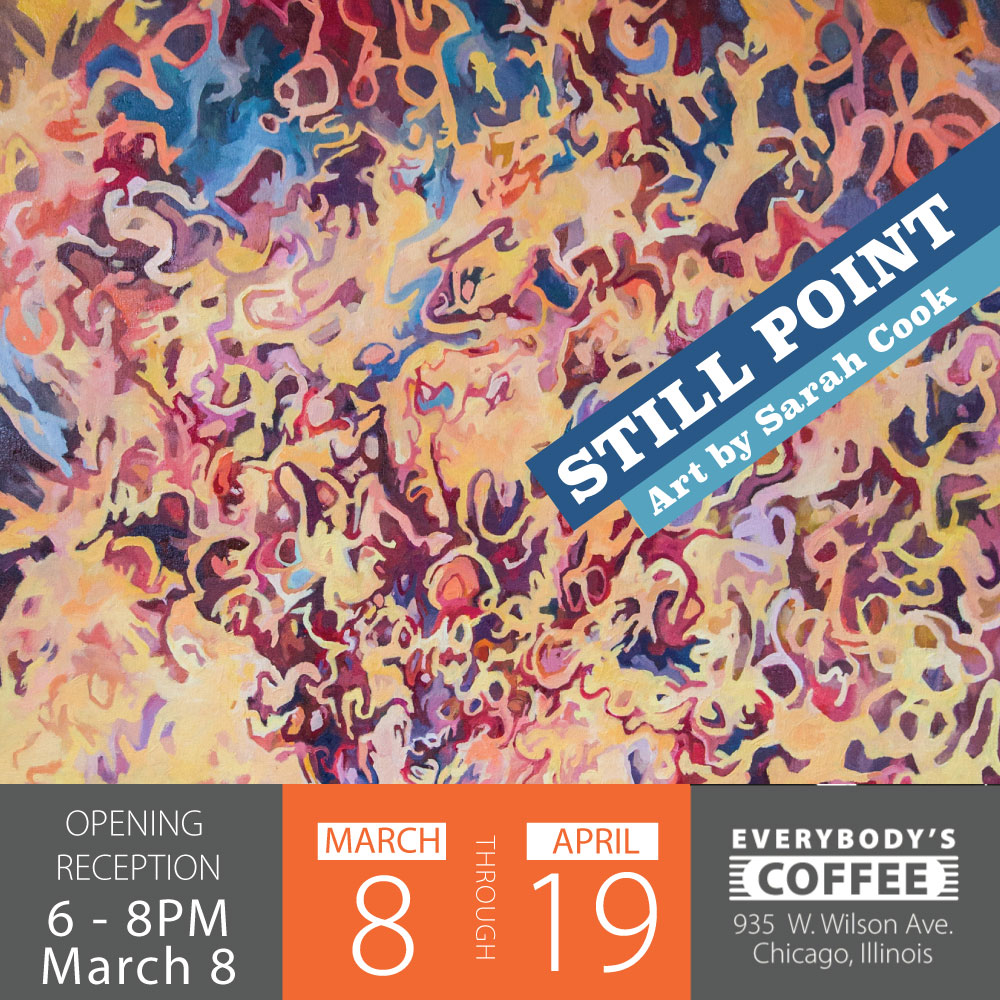

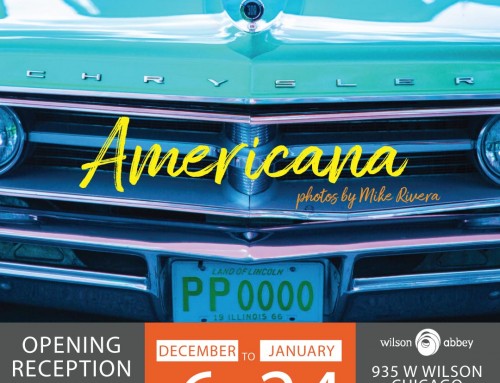
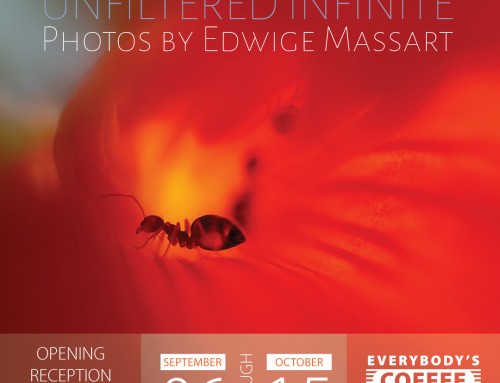
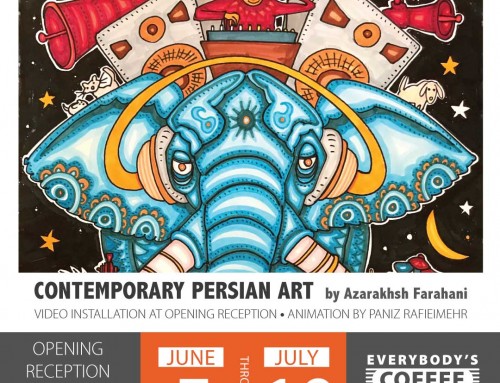
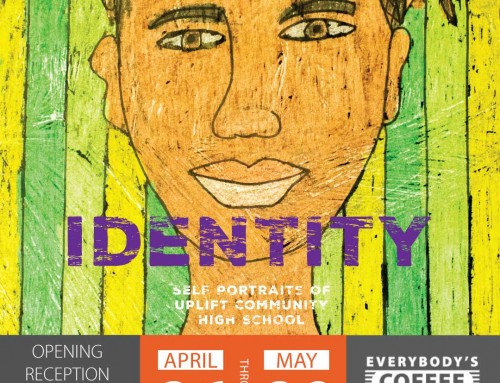
Leave A Comment